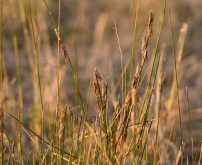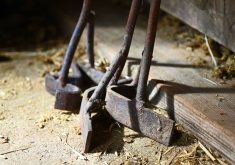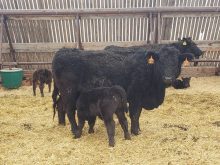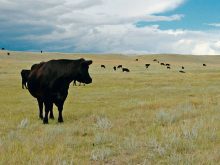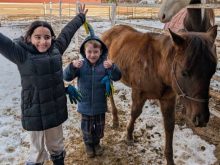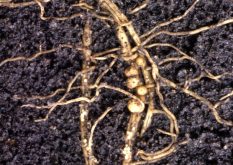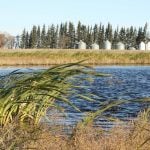Like many farmers and ranchers, I’ve always been curious about plants. After all, we are surrounded by plants, and humans depend on them for everything from food and forage to fibre and fun.
Throughout the growing season, as interesting plants pop up in ditches, fields and pastures, I get texts, tweets and messages with photos of mystery plants from friends requesting identification. “Is this a good plant? Is it a weed? Does it grow here often? Is it toxic?”
My interest in plant identification started young with my mom, a former ag rep and agrologist, who is the original plant ID matriarch of the family.
Read Also
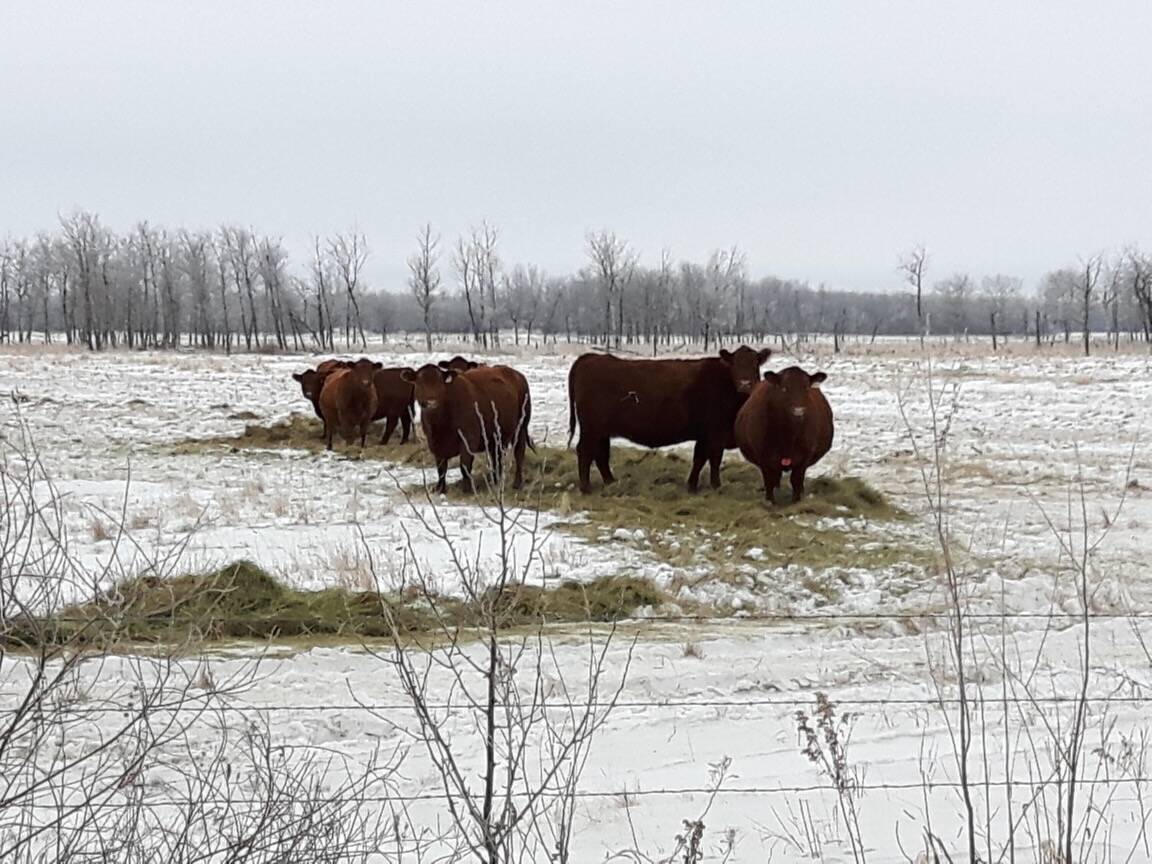
Prevent nitrate poisoning in overwintering beef cows
High-nitrate feeds can be deadly for overwintering beef cows. They can be used, but only if they’re processed and diluted in a lower nitrate ration.
As a kid, I remember neighbours and even strangers dropping by with puzzling plants for her to look at. I learned from her that the right plants can add beauty and bucks, but the wrong ones can cost you money and a lot of grief.
When I got older, I gravitated toward summer jobs that leveled up my weed, forage and rangeland plant identification. I quickly learned there are a lot of identity-obsessed plant experts, and I’m fortunate to have an inner circle of plant gurus to lean on for more information.
Whether a plant is welcome or not will differ according to region, soil type and goals; what might be a preferred plant on one farm is a weed on another.
Farmers and ranchers spend a lot more time identifying plants than perhaps they realize. Plants provide us with many clues about what is happening on our land. For example, we use weed identification in our annual crops to determine potential problems, including herbicide resistance. Being aware of common weeds helps us decide which crop protection products to use.
The threat of invasive weeds has many farmers vigilant and on the lookout for infestations of leafy spurge, toadflax or scentless chamomile. Risks like the movement of feed, the use of equipment between “contaminated” sites and clean fields, and industrial development and construction can all lead to a productivity-sucking invasion. In this sense, accurate plant identification can be the difference between swift eradication and a costly, multi-generational fight against invasive weeds.
Of course, there are plenty of good plants to take note of, too. For example, some plants only grow in moist habitats and their presence can indicate pockets of sub-irrigation, making them helpful in deciding where to potentially source a new well or dugout. These riparian plants can also filter out sediment and nutrients, helping to improve standing water quality.
Plants are also a part of our culture, and we look to them to signal the beginning or end of seasons. The familiar ritual of seeking out a prairie crocus confirms the arrival of spring; the ripening of saskatoon berries is a summertime staple; and the turning of leaves on a dogwood or Manitoba maple is a beacon of colder weather.
My favourite group of plants are those that are native to our Prairie grasslands. These plants have spent the past 10,000 years (give or take) adapting to be resilient against whatever disturbance is thrown at them.
Range plants each occupy a different, valuable niche on the landscape. In addition to providing benefits such as forage, carbon sequestration and biodiversity, many range plants fix nitrogen, like one of our many native milkvetch species.

Other species, such as creeping juniper, reduce hillside erosion. Shrubs such as buckbrush and silver sagebrush help trap snow and provide habitat for songbirds. Winterfat, a beloved prairie shrub, looks similar to sagebrush but lacks the smell. It’s known as the “ice cream” species because it’s preferred by both livestock and wildlife, and its robust presence can be an indicator of a healthy prairie pasture.
There are several regional plant ID books and you can also find answers to plant questions at your local extension office. There is also a wonderful website that helpfully categorizes wildflowers according to colour.
The next time you see a plant that piques your interest, ask yourself why it might be there. What are our plants telling us about our environment?



